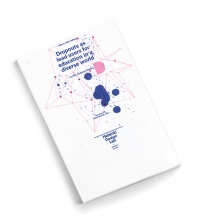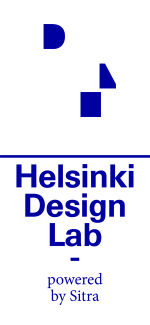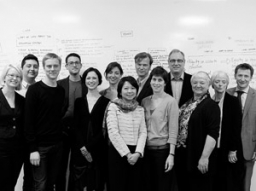
This is an excerpt from the HDL Challenge Briefing on Education
With the rise of the global economy comes a constant flow of money, goods and services between cities and across borders. International mobility and migration are redefining populations and diversifying communities while telecommunications, media, and the internet continue to revolutionize how we perceive the world, consume information and interact with others. Taken together, this creates a dynamic culture of complexity that the children of today must learn to navigate if they are to succeed.
Education must leverage diversity and differences among individuals into opportunities for greater achievement. Its challenge is to adjust existing structures to better serve students of unique cultural backgrounds, talents, and intelligences. A successful education system in the future will be defined by how well it handles diversity and promotes all students to participate and thrive.
At the core of this challenge is the transition from a monolithic, institutional definition of education to a more holistic understanding of learning. Today’s classrooms must evolve and expand into more comprehensive and adaptable learning environments, reaching more students more effectively. Furthermore, classrooms must be seen as only one of many venues for learning. Doing so will only increase the value education can deliver amid this emerging cultural and economic landscape. Education cannot afford to become complacent nor remain static.
Discrete skills such as reading, writing and arithmetic must now be complimented by fuzzy competencies such as the ability to deal with uncertainty, communicate across cultures, and integrate disparate kinds of expertise. Students must learn to navigate faster-paced and more fluid work environments, where creative problem solving and flexibility are not only valued but highly rewarded.
The dynamics of change and diversification have complicated the pathways to employment and success in life. In the last century, education was developed to meet students’ curricular needs for the industrial age. Now that we have entered a new era, education systems have not yet to fully adapted to the pressures of the new economy and an emerging, more challenging market.
Source: HDL Challenge Briefing on Education 1.0

